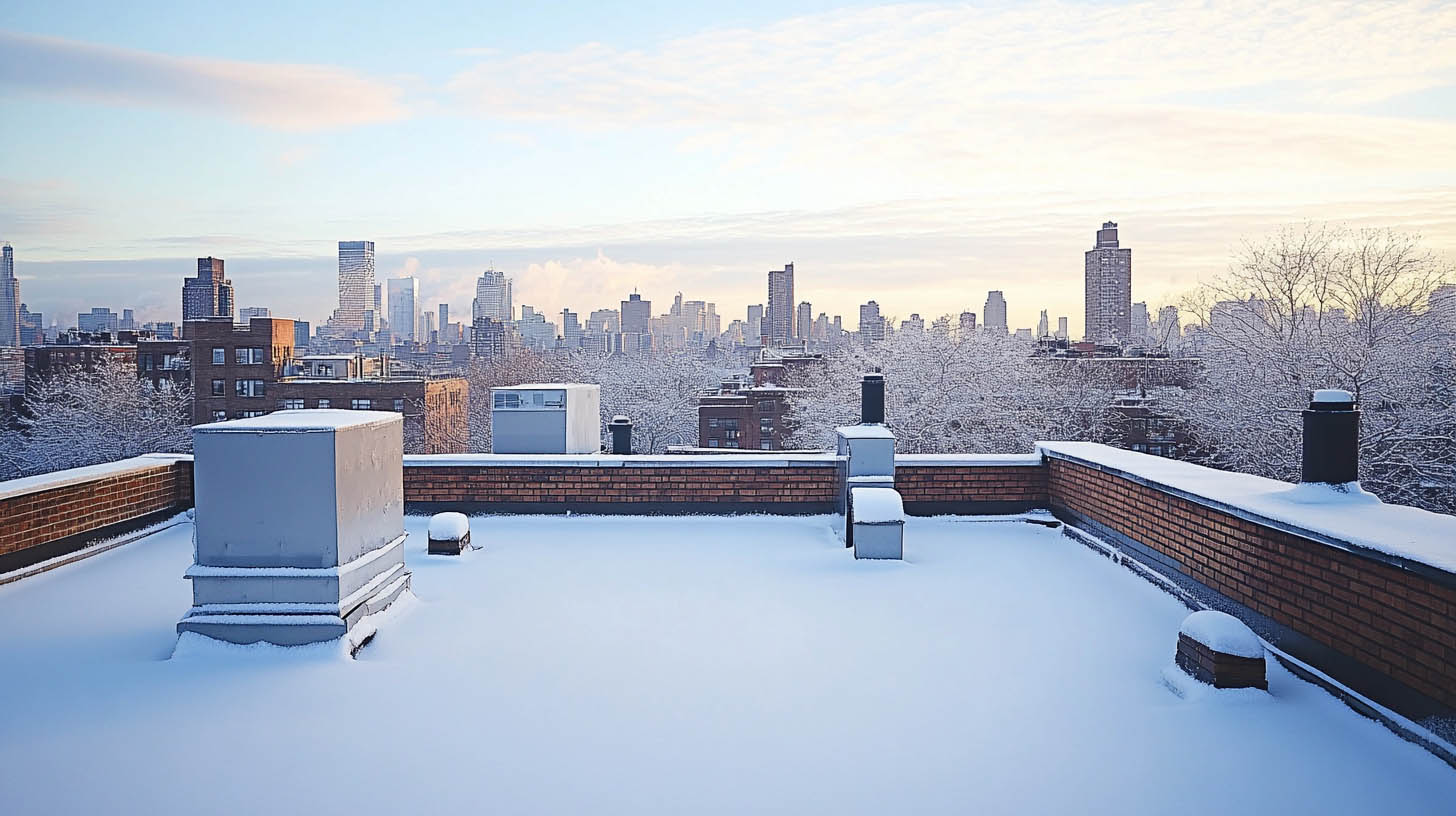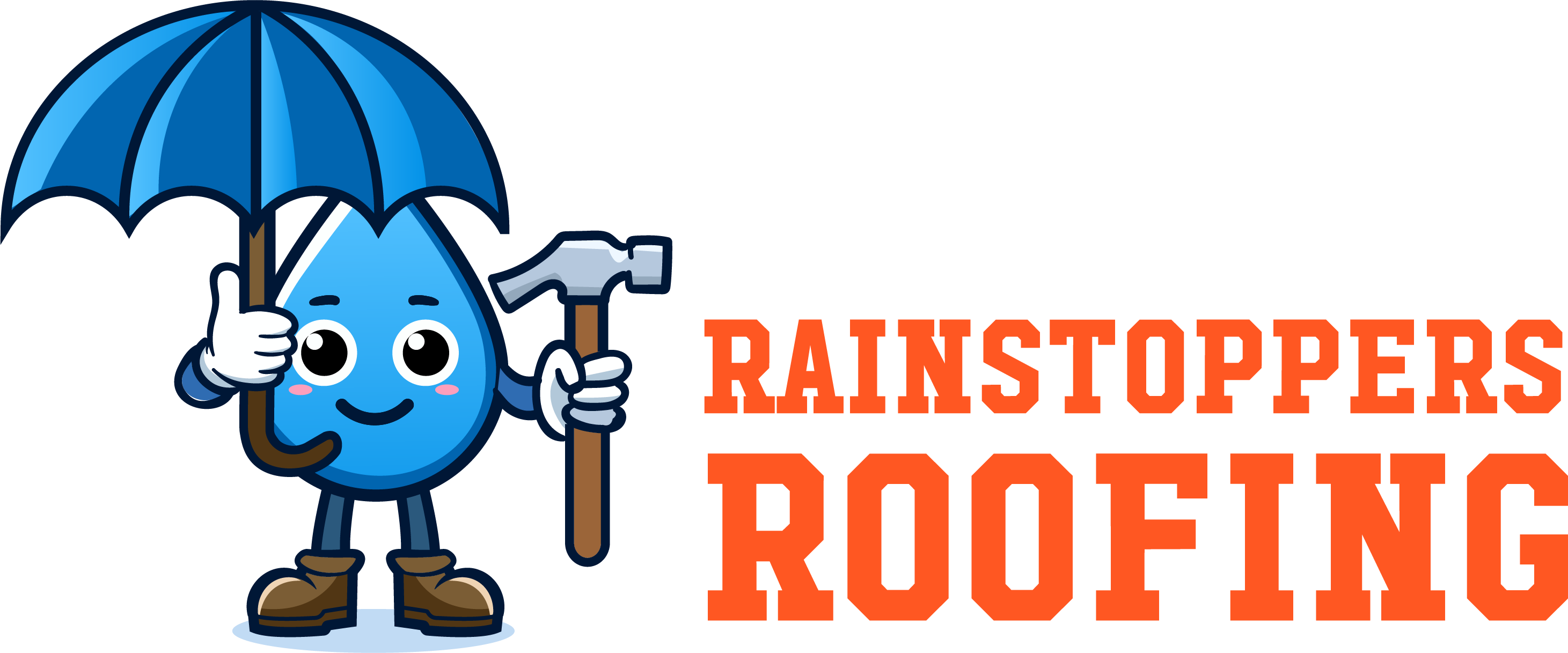
Winter poses significant risks for commercial roofs, with extreme temperatures, heavy snow, ice buildup, and high winds contributing to potential damage. Rainstoppers Roofing explains how to identify and mitigate these winter weather hazards to protect commercial properties.
1. Wind Damage
Flat roofs are generally more resistant to strong winds than pitched roofs due to their lower profile, but they are not entirely immune to wind-related damage. High winds can loosen flashings, dislodge materials, and blow debris onto the roof, potentially puncturing or tearing the membrane. Older roofs or those with subpar installation are particularly susceptible to these issues, as the force of the wind can lift wall and curb flashings, exposing the structure to water infiltration. Regular inspections and maintenance can mitigate these risks, ensuring the roof remains secure and leak-free even in adverse weather conditions.
2. Snow Accumulation
Excessive snow weight can stress a roof’s load-bearing capacity, causing sagging or warping. Snow accumulation compresses insulation, damages the roof deck, and may even lead to structural collapse. Warning signs like popping sounds or sagging metal supports indicate that snow load limits may be exceeded and action is needed.
Unique Fact: According to structural safety data, snow loads contribute to over 30% of winter roof failures in commercial buildings.
3. Rapid Temperature Fluctuations
Winter introduces extreme and rapid temperature fluctuations, with daytime warmth causing expansion and nighttime freezing triggering contraction. This phenomenon, known as thermal shock, places significant stress on roofing materials, often leading to cracks, tears, and other structural issues. Over time, these repeated cycles can significantly reduce a roof’s lifespan, particularly for older roofs or those with aging materials. Split seams, loosened flashings, and compromised membranes are common outcomes of thermal shifts, leaving the roof vulnerable to leaks and water damage. Proactive maintenance and timely inspections can help mitigate these effects, preserving the roof’s integrity through harsh winter conditions.
4. Ice Dams and Icicles
Ice dams form when snow melts, refreezes, and blocks drainage, leading to potential leaks and weakened walls. Icicles also add weight to gutters, sometimes causing them to bend or detach. Keeping the roof clear of snow and ice buildup helps prevent these issues.
Maintaining Your Roof During Winter
Proactive maintenance, including regular inspections and snow removal, can prevent these common winter problems. Rainstoppers Roofing provides commercial roof assessments and repairs to help businesses protect their properties through the winter months.
FAQs
1. How can I protect my roof from snow accumulation?
Install snow guards and have a plan for professional snow removal after heavy storms.
2. Can thermal shock be prevented?
Regular maintenance and insulation can help manage thermal contraction and expansion, extending roof lifespan.
3. What’s the best way to handle ice dams on a commercial roof?
Clearing gutters and installing heating cables can prevent ice dams and facilitate proper drainage.To learn more about choosing new construction roofing for your next project, click here.
